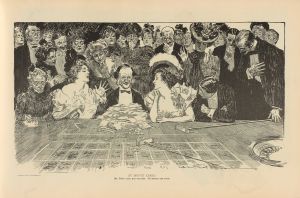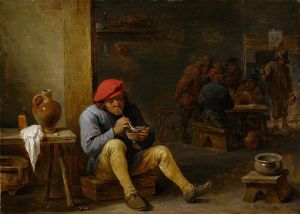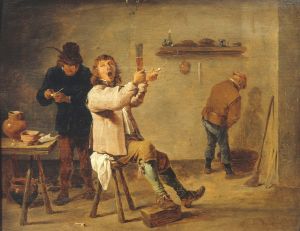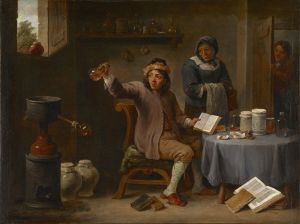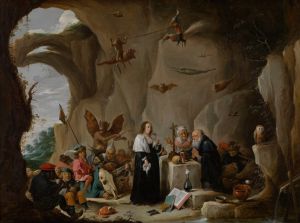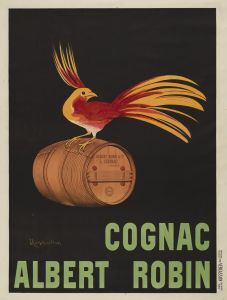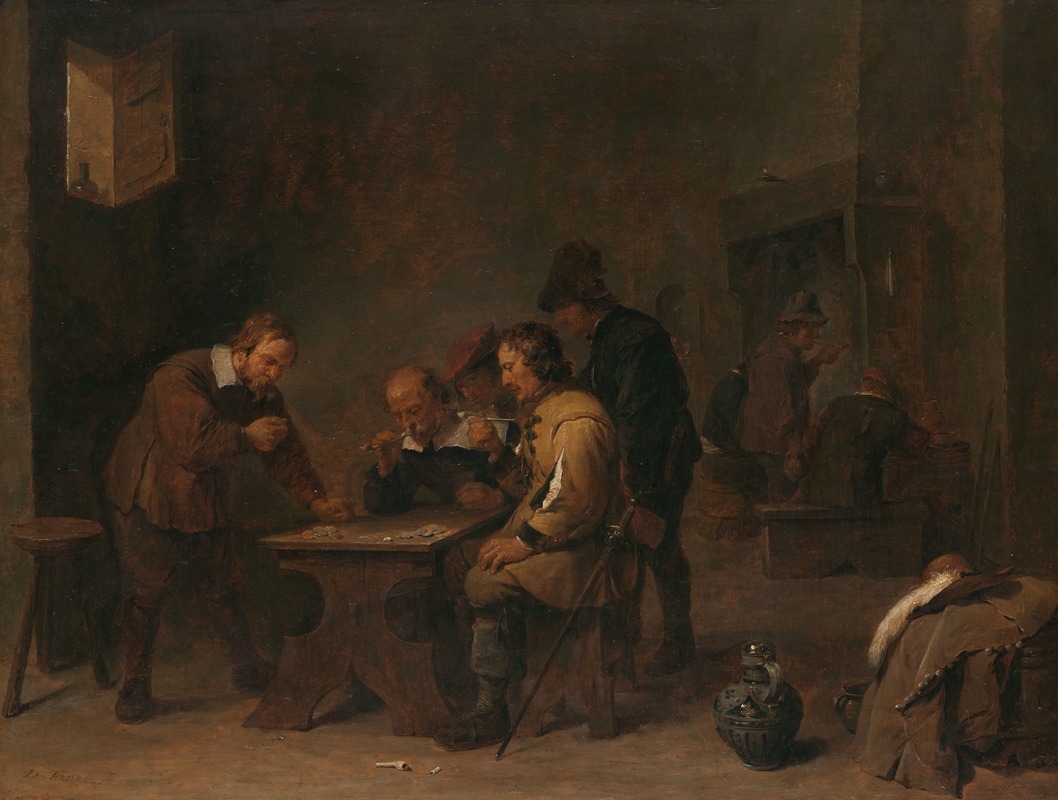
The Gamblers
A hand-painted replica of David Teniers The Younger’s masterpiece The Gamblers, meticulously crafted by professional artists to capture the true essence of the original. Each piece is created with museum-quality canvas and rare mineral pigments, carefully painted by experienced artists with delicate brushstrokes and rich, layered colors to perfectly recreate the texture of the original artwork. Unlike machine-printed reproductions, this hand-painted version brings the painting to life, infused with the artist’s emotions and skill in every stroke. Whether for personal collection or home decoration, it instantly elevates the artistic atmosphere of any space.
David Teniers the Younger was a prominent Flemish artist known for his genre scenes, landscapes, and depictions of peasant life. Born in Antwerp in 1610, Teniers was part of a well-known artistic family; his father, David Teniers the Elder, was also a painter. Teniers the Younger became a master in the Antwerp Guild of Saint Luke in 1632 and went on to have a successful career, eventually becoming the court painter for Archduke Leopold Wilhelm of Austria.
One of Teniers' notable works is "The Gamblers," a painting that exemplifies his skill in capturing everyday life with a keen eye for detail and a touch of humor. Although the exact date of the painting is not definitively known, it is generally attributed to the mid-17th century, a period when Teniers was at the height of his artistic powers.
"The Gamblers" depicts a lively scene of men engaged in a game of cards, a popular pastime in 17th-century Europe. The setting is a rustic tavern, a common backdrop in Teniers' work, which allowed him to explore the social interactions and behaviors of his subjects. The painting is characterized by its vibrant composition and the artist's adept use of light and shadow to create depth and atmosphere.
In the scene, the central figures are absorbed in their game, their expressions and gestures revealing a range of emotions from concentration to amusement. Teniers' attention to detail is evident in the depiction of the characters' clothing, the textures of the wooden table, and the various objects scattered around the room, such as mugs, pipes, and playing cards. These elements not only add to the realism of the scene but also provide insight into the cultural and social context of the time.
Teniers was known for his ability to infuse his paintings with a sense of narrative, and "The Gamblers" is no exception. The viewer is drawn into the story, invited to speculate on the outcome of the game and the relationships between the players. This narrative quality, combined with Teniers' technical skill, has contributed to the enduring appeal of his work.
Throughout his career, Teniers produced numerous paintings that depicted similar themes of peasant life and leisure activities. His work was highly sought after by collectors and patrons, and he enjoyed considerable success both in his native Flanders and abroad. Today, "The Gamblers" is held in various collections, reflecting Teniers' lasting influence on the genre painting tradition.
David Teniers the Younger's "The Gamblers" remains a testament to his ability to capture the essence of human interaction and the subtleties of everyday life. His work continues to be celebrated for its artistic merit and its contribution to the understanding of 17th-century Flemish culture.





